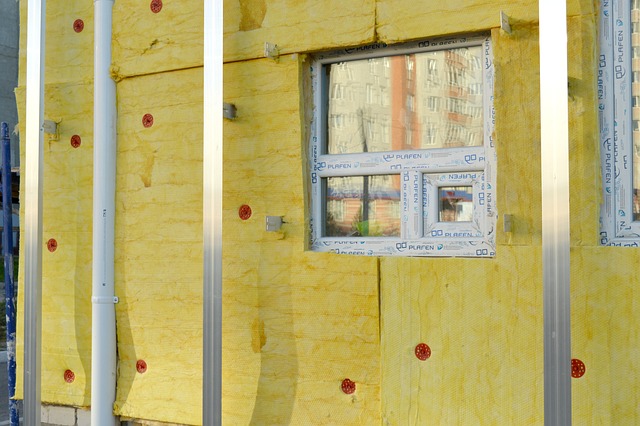Redefining Power Dressing: A Modern Take on Sartorial Expression
Power dressing, a term that emerged in the late 20th century, symbolized a new era of women asserting their place in corporate and political domains. Once restricted to structured shoulder pads, tailored suits, and minimalist colors, power dressing has evolved significantly, reflecting changes in societal norms and fashion trends. Today, the concept transcends gender and occupational lines, offering a fresh and diversified perspective on confident, individualistic style.

The Genesis of Power Dressing
The power dressing movement began in the 1970s and 1980s, as more women entered the corporate workforce. Faced with a male-dominated environment, women adopted a uniform-like wardrobe often associated with authority and professionalism. The ‘power suit,’ typically characterized by broad shoulders and a tailored silhouette, became a symbol of ambition, authority, and equality.
The Evolution and Modern Interpretation
In the 21st century, power dressing has evolved beyond its initial connotation. It no longer adheres strictly to the corporate world or the traditional dichotomy of masculine and feminine attire. Today, it embraces individuality, personal style, and the belief that confidence can manifest through one’s wardrobe choices. It is about dressing to make a statement, to feel empowered, and to project a personal brand.
Decoding Current Trends
Current trends in power dressing are defined by a blend of personal style, comfort, and aesthetic appeal. It’s a mix of tailored pieces and casual wear, neutral tones, and bold colors. Elements like wide-leg trousers, oversized blazers, and statement accessories are popular. This shift reflects a broader societal trend towards individuality and self-expression.
The Appeal and Influence on Buyers
The appeal of modern power dressing lies in its flexibility and inclusivity. It caters to different body types, personal styles, and professional environments. It’s a fashion trend that encourages self-confidence and self-expression, influencing consumers to invest in pieces that make them feel powerful and authentic.
Practical Style Recommendations
- Invest in versatile pieces: An oversized blazer or tailored trousers can be dressed up or down depending on the occasion.
- Prioritize comfort: Power dressing is about feeling confident, and comfort plays a big role in that.
- Don’t shy away from colors: While neutral colors can create a polished look, bold colors can make a strong statement.
- Accessorize wisely: Statement accessories can elevate a simple outfit, adding to the power-dressing aesthetic.
In conclusion, power dressing has come a long way from its origins in the corporate world of the late 20th century. Today, it champions individuality, inclusivity, and self-expression, breaking away from traditional norms and expectations. It’s a testament to how fashion evolves, reflecting shifting societal attitudes and trends. With its emphasis on personal style and confidence, power dressing continues to inspire and empower, making it more than just a fashion trend—it’s a movement.




